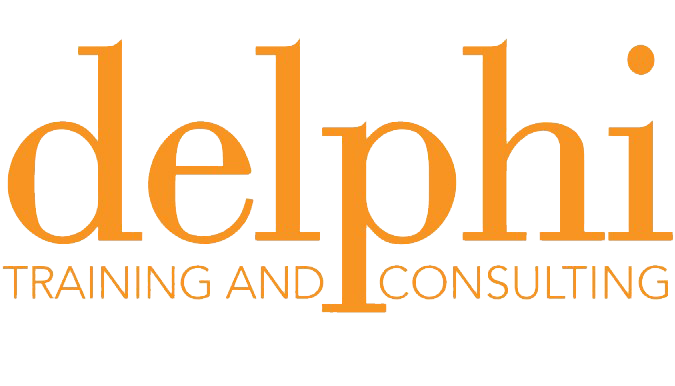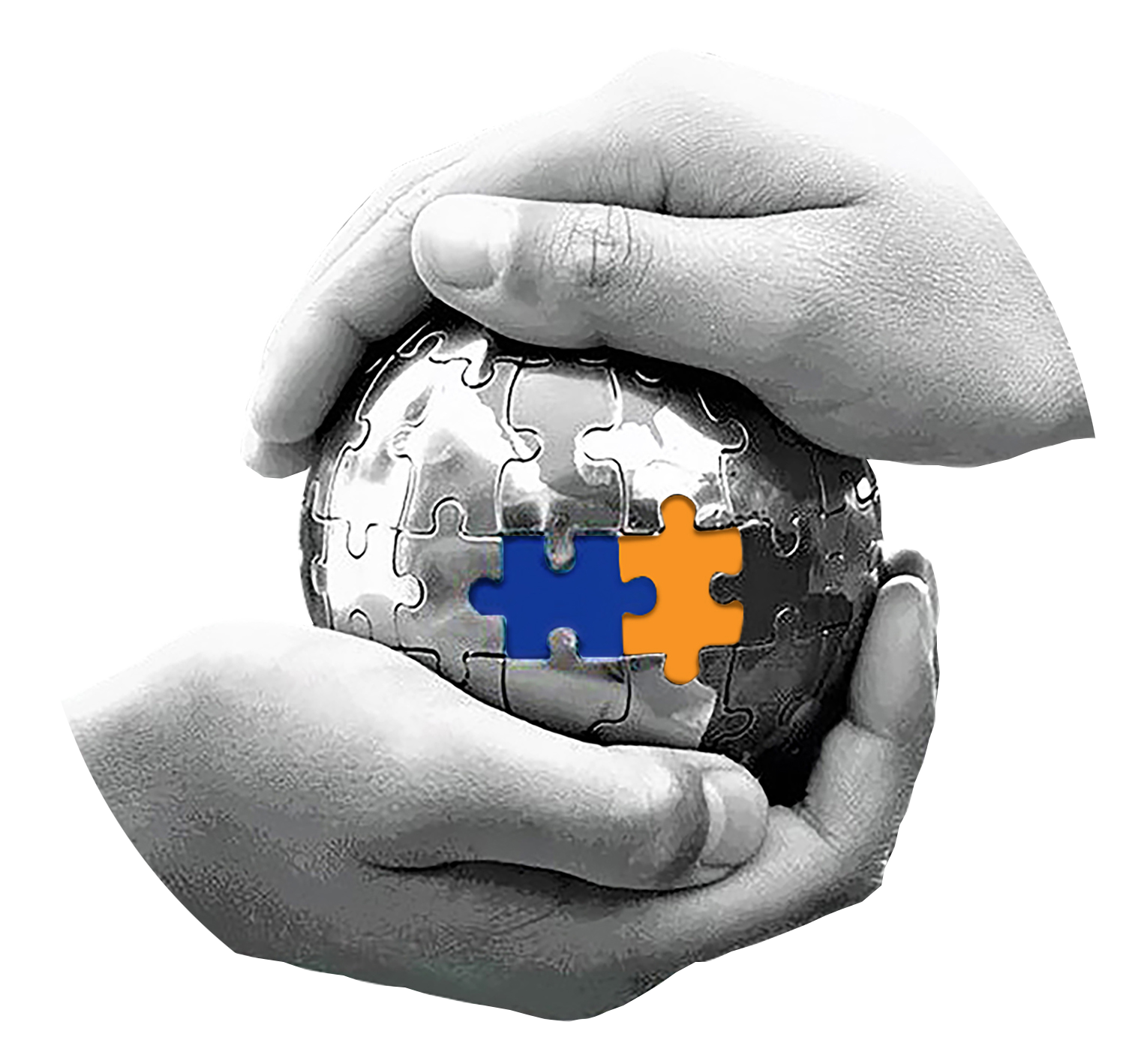
Join our NETWORK
Get all latest news, event updates and access to resources & information.
To recieve a copy of your certificate of completion, please click on the button below, fill in the form and a copy will be emailed you.
Once-upon-a-time, if Snow White presented to a psychiatrist with her experiences of attempted murder, talking animals, whispering trees and living in a forest with seven men of short stature, she would likely receive a diagnosis of hysteria, psychosis or schizophrenia.
Today, through a trauma-informed lens grounded in neuroscience, we would ask not, “What is wrong with Snow White?” Rather, we would wonder, “What happened to Snow White?” In asking carefully, sensitively and respectfully, we would learn of her history of complex and developmental trauma; the loss of her mother at birth, attachment disruption, neglect, betrayal and family violence.
Betrayal by those who should provide safety and security sets in motion the development of complicated attachment styles and seemingly insurmountable internal and external conflicts. These conflicts manifest in a myriad of emotional, physical and psychological symptoms and behaviours. While protective in function, these defenses limit potential and fulfilment.
Drawing upon several theories, models and approaches, including her book co-authored with Dr Colin Ross, Trauma Model Therapy (2009), Structural Dissociation theory (2006) , developed by Van Der Hart, Nijenhuis and Steele, and Internal Family Systems therapy model (2020) Schwartz and Sweezy, Naomi will explore the development and function of “Getting on with Normal Life” parts and “Traumatized” parts (Fisher, 2017) as adaptive survival responses.
Harnessing the fairy-tale of Snow White as a metaphor, Naomi will introduce each character in the story as a ‘part’ of Snow White, protecting her from the pain of overwhelming trauma, abuse and neglect. In a non-pathologizing approach, she will present tools and practical interventions to identify ‘parts’ and assist them to heal attachment and trauma based conflicts.
The concepts and approach presented are applicable to any diagnosis. Using video, case examples and exercises, Naomi will illustrate complex presentations in an engaging and easy to understand approach, enabling participants to identify and apply what works for whom, and when.
[The Snow White fairy-tale is based on a caucasian heterosexual female lead character. However, the framework presented applies to any gender identity and sexual orientation. Snow White originates in northern Europe and variations of the Grimms brothers tale is familiar throughout Europe and most English-speaking countries. While the themes and characters won’t be familiar and may not resonate with people from other cultures, the concept of parts is applicable across all humankind. I encourage therapists to find myths, folklore and stories belonging to the culture of their clients and to explore the ways in which these stories may provide a recognisable parts framework.]
Setting the scene:
The Snow White fairy tale as metaphor for complex and developmental trauma
Exploring parts approaches:
Normalizing multiplicity of mind
Integrating two ‘Parts’ approaches: Structural dissociation theory and Internal Family Systems model
Developmental trauma and attachment:
The impact of developmental trauma on attachment formation and style
Getting on board with a parts approach:
Introducing Snow White and her parts
Making sense of complex symptoms and behaviour:
Understanding complex and ‘resistant’ behaviours as strategic and important survival strategies
Treading carefully:
Identifying and working with internal and external triangulated relationships
The adapted trigger loop – working with the cascading triggering of parts
Facilitating the development of internal communication
Clients Parts and Your Parts:
Transference and Countertransference
Emotion phobia:
Pivotal role of shame: The shame compass adapted to Snow White’s parts
Educating about emotions and feelings
Stepping toward and processing challenging emotions and feelings:
Targeting interventions: “What works for whom”:
Utilizing top-down and bottom-up strategie to target work: identifying what will work for whom and when
Developing internal secure attachment:
Healing childhood wounds and internal conflicts through connecting parts and their disowned stories and emotions
1. understand the role and function of trauma-related symptoms and behaviour
2. utilise a ‘parts’ approach for working with complex trauma and attachment related conflicts
3. work with three core trauma dynamics and identify when these are activated within the client’s internal and external world and in therapy
4. identify attachment styles
5. respond when the triangle is activated in therapy and step off
6. utilise the window of tolerance to increase self-regulation skills
7. work with the trigger loop
8. apply four strategies to develop internal communication and assist with developing internal secure attachment
9. identify the appropriate intervention at the appropriate time – working with the triune brain
To generate your course completion certificate, please enter your details in the form below and a copy of your certificate will be emailed to you shortly.

Naomi trained as a social worker in the UK. Early in her career she worked with children in short stay emergency care, homeless youth, and convicted offenders in government and non-government organisations, providing advocacy, psychosocial education, recreational opportunities, skills training, supervision and counselling. She holds a Grad. Cert. Human Rights and is a certified QPR trainer (suicide prevention).
In 1987, Naomi went into partnership at The Delphi Centre, now known as Delphi Training and Consulting where she developed expertise in therapy for adult sequelae of childhood abuse, neglect and attachment disruptions.
Naomi provides clinical consultation for complex post-traumatic stress, dissociative disorders and related impacts of childhood developmental trauma and abuse including self-harming behaviour, suicidality and substance abuse, for mental health professionals working with adult victim-survivors of intergenerational trauma, gender-based violence, and other trauma. She has a wealth of experience working with people across socioeconomic groups, faiths, and sexual orientation.
She is a consultant and trainer for law firms, providing trauma informed training and supporting lawyers’ mental health and wellbeing. Since 2009, Naomi has been a consultant to the United Nations developing and delivering a broad range of trauma informed programs to personnel in missions and duty stations around the world. Most recently she developed a Gatekeeper suicide prevention training for Safety and Security Services and trauma informed awareness training for the Office of the Special Coordinator on improving the UN’s response to Sexual Exploitation and Abuse, the Ombudsman and Ethics Units and Human Resources and Services Department.
A skilled speaker and trainer, Naomi has presented training about complex and developmental trauma, vicarious trauma, resilience building and workplace wellbeing through Delphi and United Nations, in-person and online across all Australian States and Territories – Africa – Canada – Denmark – Germany – India – Italy – Lebanon – New Zealand – Romania – Thailand – United States. See organisations Naomi has partnered
A founding member of The Australian Association of Trauma and Dissociation Inc. in 1992 (amalgamated with the Australasian Association of Traumatic Stress Studies in 1996) Naomi served on the Executive Committee and Conference Committee from 1991 – 1996, and as Treasurer from 1992 – 1995.
She is a founding member and spokesperson for an action group for victims of white collar crime. An advocate for victims of deceptive and misleading financial advice, Naomi has provided submissions and testimony to senate committees and other inquiries and has been an invited speaker at financial industry forums regarding the impact of white collar crime, the changes needed in the industry and legislation. She has worked closely with parliamentarians across political parties and the media. She is frequently contacted for commentary.
She is co-author with Dr Colin A. Ross, (2009) Trauma Model Therapy: A Treatment Approach for Trauma, Dissociation and Complex Comorbidity, Manitou Inc. and two studies about Maladaptive daydreaming.
Naomi is a Fellow of the International Society for the Study of Trauma and Dissociation (2017) and recipient of the Distinguished Achievement Award (2022).

Delphi Training and Consulting acknowledges Aboriginal and Torres Strait Islander Peoples as the Traditional Owners and Custodians of the lands and waters which we share. We pay our respects to Elders past, present and future. We acknowledge and recognise it is the oldest living culture in the world and that sovereignty has never been ceded. It always was and always will be Aboriginal land.


Delphi is an inclusive and safe organisation. We respect, celebrate and support diversity, the inclusion of children, young people and adults from LGBTQIA+ communities, people with disabilities, people from CALD backgrounds and people with diverse religious beliefs or affiliations.


Get all latest news, event updates and access to resources & information.

To recieve a copy of your certificate please enter your details in the form below, you will recieve a copy of your certificate after submission.